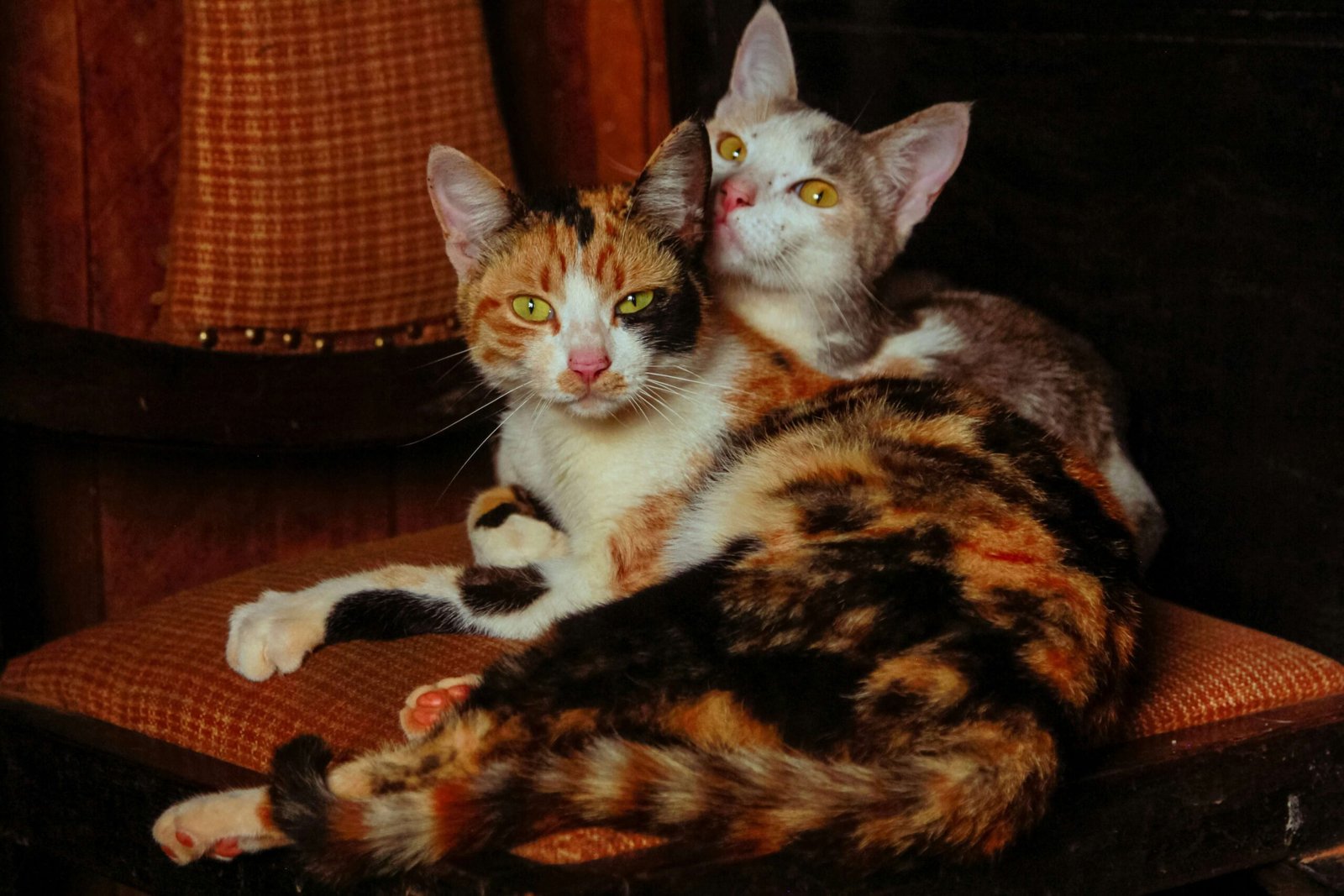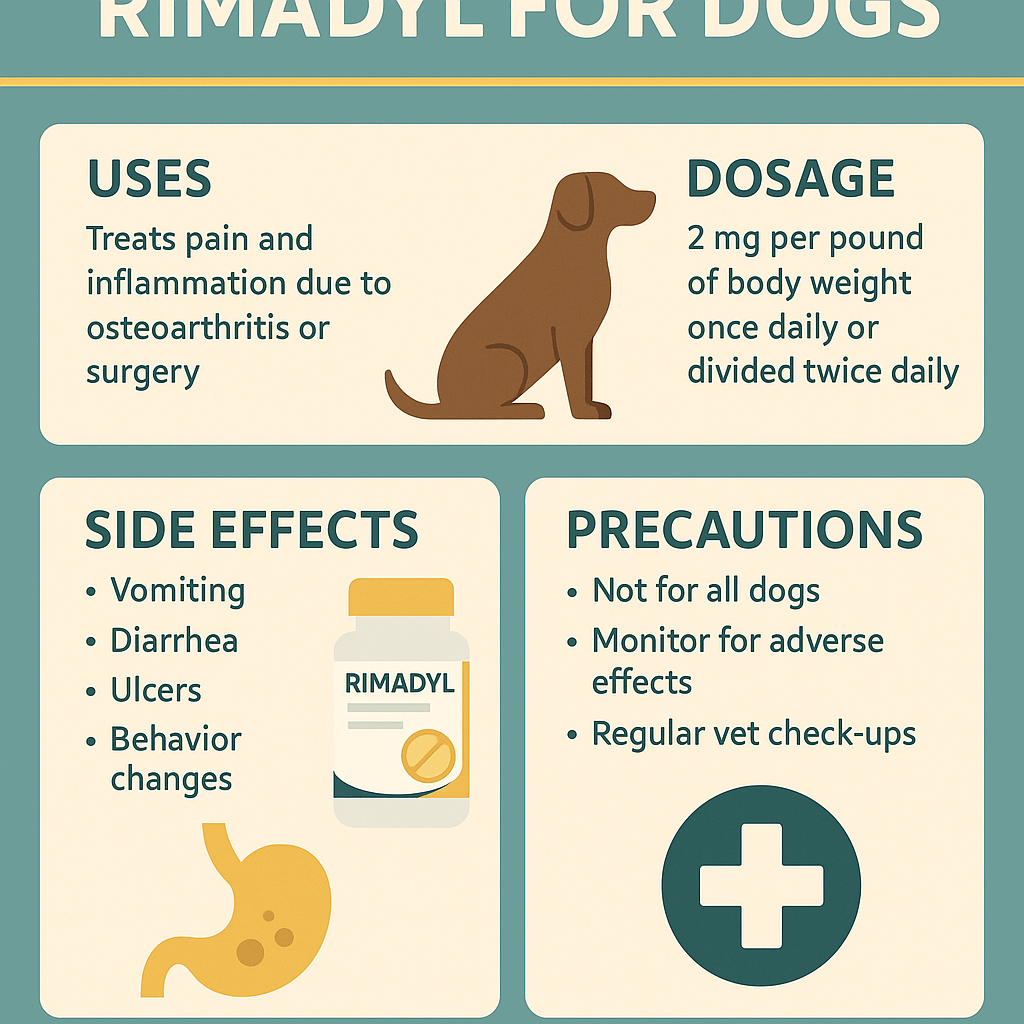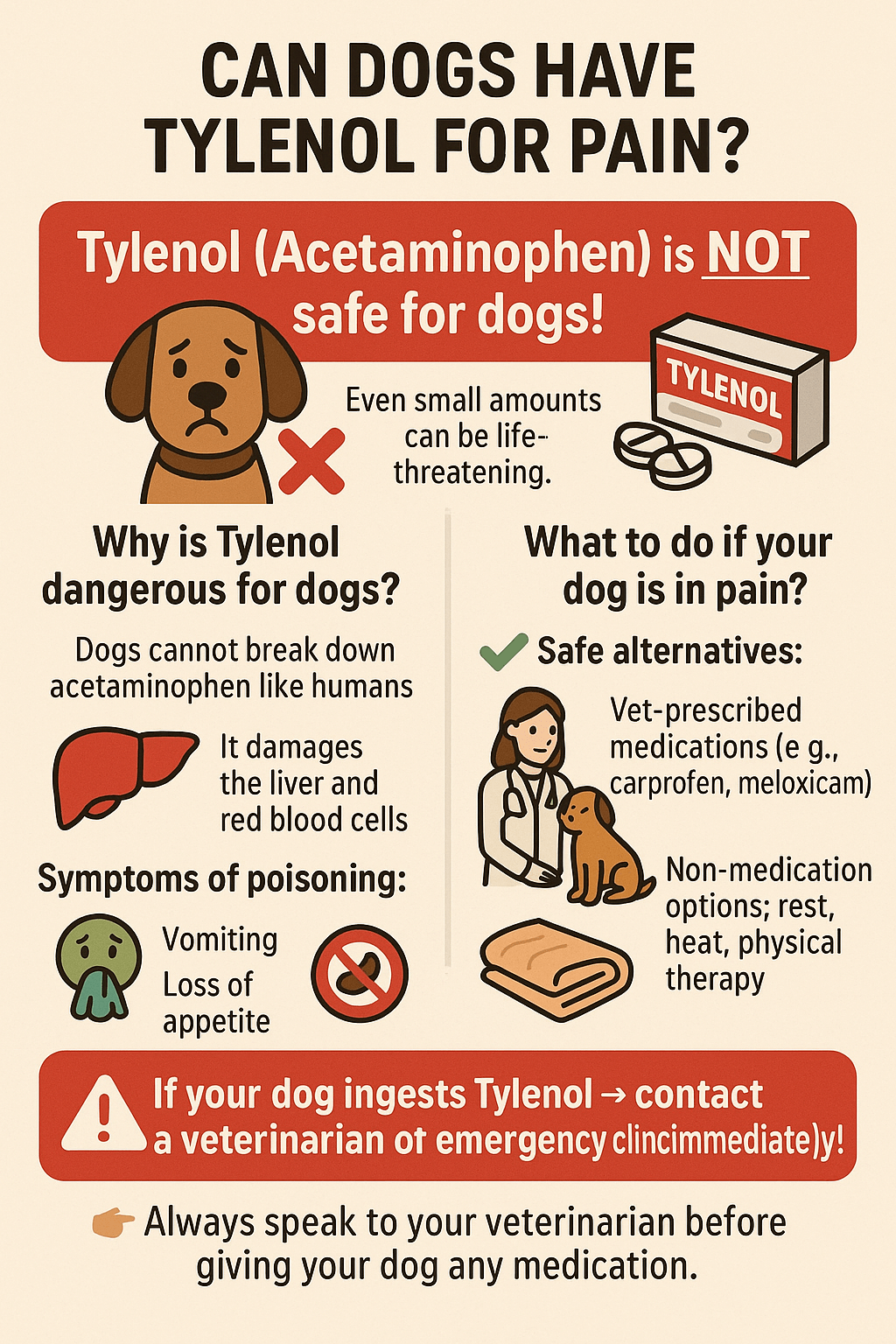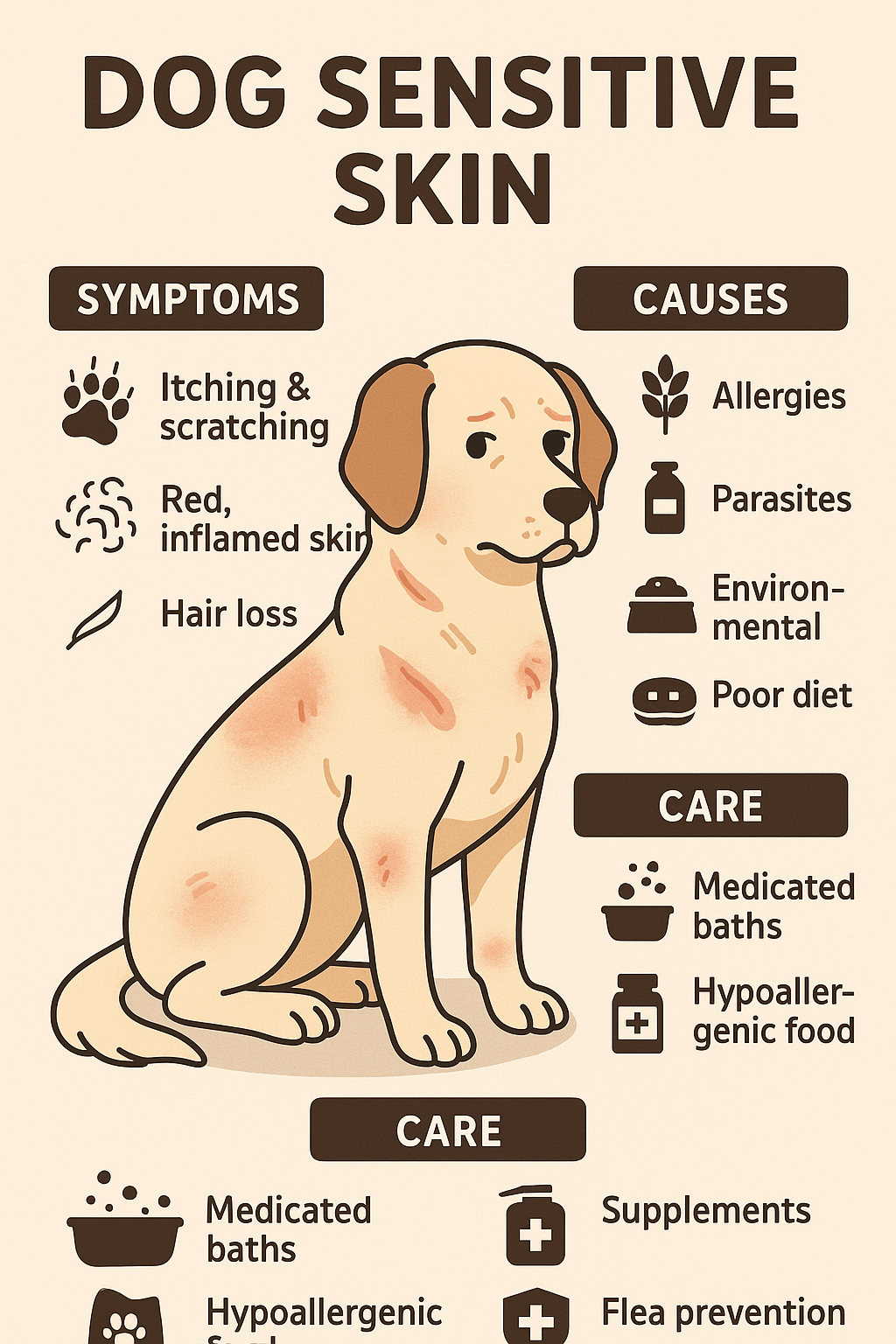Understanding the Cost of Cat Tooth Extraction: A Comprehensive Guide
When it comes to our feline companions, their health is always a top priority. Dental issues in cats are more common than many pet owners realize, and tooth extraction can sometimes be the best solution to alleviate pain and prevent further complications. However, one question that often arises is, “How much does cat tooth extraction cost?” Understanding the factors influencing this cost can help you make informed decisions about your pet’s care. In this blog post, we’ll explore everything you need to know about cat tooth extraction costs, from the procedure itself to aftercare tips.
Factors Influencing the Cost of Cat Tooth Extraction
The cost of extracting a cat’s tooth can vary significantly based on several factors. Below, we’ve outlined some of the most important considerations that influence pricing:
Type of Tooth Being Extracted
Some teeth, such as molars or canine teeth, are more complex to remove due to their size and root structure. This can increase the time and skill required for the procedure.Number of Teeth Involved
If multiple teeth need to be extracted during the same session, the overall cost will naturally rise. Each tooth requires individual attention and care.Veterinary Clinic Location
Prices can differ depending on where you live. Urban areas or regions with higher living costs may have more expensive veterinary services.Veterinarian’s Expertise
Experienced veterinarians or specialists may charge more for their services, but their expertise can ensure a safer and more successful procedure.Pre-Operative Tests and Anesthesia
Before the extraction, your cat will likely need blood tests and anesthesia. These additional steps contribute to the total expense.
Understanding these factors can help you anticipate potential costs and prepare accordingly. Remember, investing in your cat’s dental health now can save you from more significant expenses down the line.
Average Costs of Cat Tooth Extraction: What to Expect
While costs can fluctuate based on the factors mentioned earlier, having a general idea of what to expect can ease your financial planning. Here’s a breakdown of typical expenses associated with cat tooth extraction:
Basic Extraction
For simpler cases, such as removing a single tooth with minimal complications, the cost might range between 100 and 300usd.Surgical Extraction
More complex procedures, like removing impacted or multi-rooted teeth, can cost anywhere from 300 to 800usd per tooth.Anesthesia Fees
Anesthesia is essential for any dental surgery and usually adds 50 to 200usd to the total bill, depending on the duration of the procedure.Pre-Surgical Bloodwork
To ensure your cat is healthy enough for surgery, pre-operative blood tests are often required, costing approximately 50 to 150usd.Post-Operative Care
After the extraction, medications like antibiotics or pain relievers may be prescribed, adding another 30 to 100usd to the overall expense.
Knowing these averages can help you budget effectively while ensuring your cat receives the necessary care. Always consult your veterinarian for a personalized estimate tailored to your pet’s needs.
Check this guide 👉Top 4 Best Cat Toothbrushes for Ultimate Dental Care!
Check this guide 👉Top 5 Best Cat Toothpaste Options for Optimal Oral Health!
Check this guide 👉Understanding the Costs of Cat Surgery: Best 7 Expert Tips!
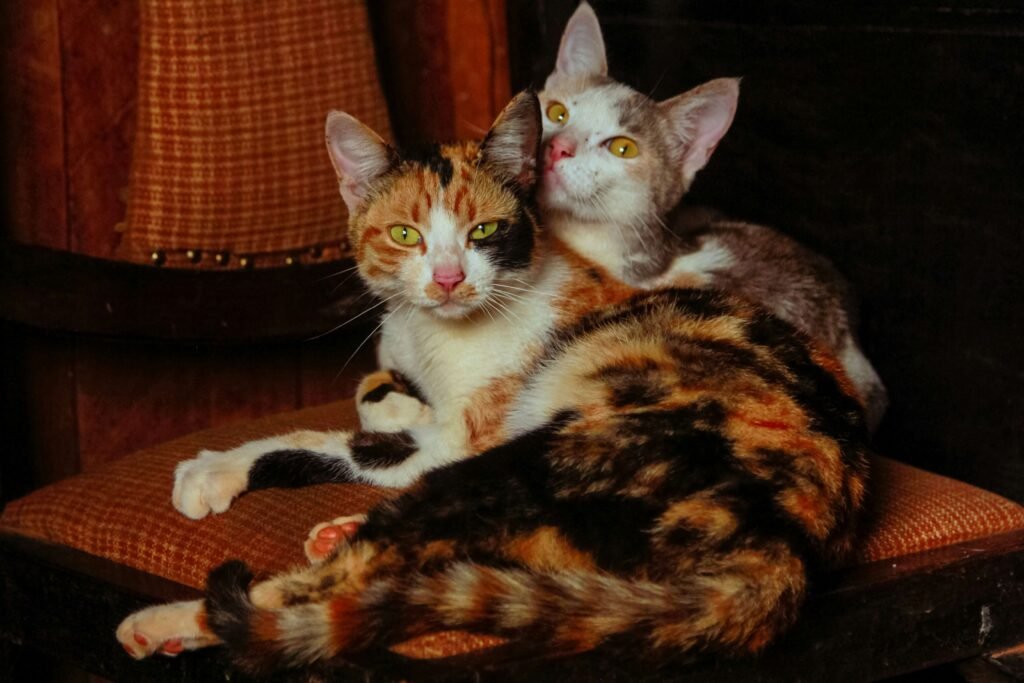
Cost Component | Estimated Price Range USD |
|---|---|
Basic Tooth Extraction | 100−300 |
Surgical Tooth Extraction | 300−800 |
Anesthesia | 50−200 |
Pre-Surgical Bloodwork | 50−150 |
Post-Operative Medications | 30−100 |
Ways to Manage the Cost of Cat Tooth Extraction
If the cost of cat tooth extraction feels overwhelming, there are strategies you can employ to manage expenses without compromising your pet’s health. Consider the following options:
Pet Insurance
Many pet insurance plans cover dental procedures, including extractions. Check your policy details to see if this benefit applies to your situation.Payment Plans
Some veterinary clinics offer payment plans or financing options to spread out the cost over time, making it easier to manage financially.Discount Programs
Certain veterinary offices participate in discount programs for low-income families or seniors. Ask your vet if they provide any such assistance.Preventive Care Discounts
Regular dental check-ups and cleanings can reduce the likelihood of needing an extraction later, potentially saving you money in the long run.Community Resources
Non-profit organizations or local shelters sometimes offer subsidized veterinary services. Research available resources in your area.
By exploring these alternatives, you can find a solution that works within your budget while prioritizing your cat’s well-being. Remember, early intervention can prevent costly treatments in the future.
Aftercare Tips Following a Cat Tooth Extraction
Proper aftercare is crucial to ensure your cat heals quickly and comfortably after a tooth extraction. Below are some essential tips to follow:
Monitor Your Cat’s Eating Habits
Offer soft or wet food for at least a week post-surgery to avoid irritating the extraction site.Administer Medications as Directed
Follow your veterinarian’s instructions carefully when giving prescribed medications, such as antibiotics or pain relievers.Limit Physical Activity
Discourage jumping or rough play for a few days to allow the surgical area to heal properly.Check for Signs of Complications
Watch for excessive bleeding, swelling, or refusal to eat, and contact your vet immediately if these symptoms occur.Schedule a Follow-Up Visit
Attend any recommended follow-up appointments to ensure your cat is healing as expected.
By adhering to these guidelines, you can support your cat’s recovery and minimize the risk of complications. Always consult your veterinarian if you have concerns about your pet’s progress.
Signs Your Cat May Need a Tooth Extraction
If you’re unsure whether your cat requires a tooth extraction, there are several warning signs to watch for. Recognizing these symptoms early can help prevent further complications and ensure timely treatment. Here’s what to look out for:
Bad Breath (Halitosis)
Persistent foul-smelling breath can indicate an underlying dental issue, such as infection or decay.Difficulty Eating or Drooling
If your cat hesitates while eating, drops food, or drools excessively, it could signal oral pain or discomfort.Swollen or Bleeding Gums
Inflamed gums or visible bleeding may suggest advanced periodontal disease requiring professional attention.Loose or Missing Teeth
Loose teeth are often a sign of severe dental disease and may need to be extracted to prevent infection.Behavioral Changes
Increased irritability, lethargy, or pawing at the mouth can indicate your cat is experiencing dental pain.
If you notice any of these signs, consult your veterinarian promptly. Early diagnosis and treatment can save your cat from unnecessary suffering and reduce long-term costs.
Benefits of Timely Cat Tooth Extraction
Addressing dental issues promptly through tooth extraction can offer numerous benefits for your cat’s overall health and well-being. While it may seem daunting, the advantages far outweigh the risks. Here’s why timely intervention is crucial:
Pain Relief
Extracting a diseased or damaged tooth eliminates chronic pain, allowing your cat to eat and play comfortably again.Prevention of Systemic Infections
Untreated dental infections can spread to other organs, such as the heart or kidneys, leading to life-threatening conditions.Improved Appetite
Removing problematic teeth often restores your cat’s ability to eat properly, ensuring they receive adequate nutrition.Better Oral Hygiene
Removing severely affected teeth can improve the health of remaining teeth and gums, reducing the risk of future issues.Enhanced Quality of Life
A pain-free mouth allows your cat to engage in normal activities, boosting their happiness and energy levels.
By opting for timely extraction, you’re not just addressing a dental problem—you’re investing in your cat’s long-term health and happiness.
Common Misconceptions About Cat Tooth Extractions
Many pet owners hesitate to proceed with tooth extractions due to misconceptions about the procedure. However, understanding the facts can help alleviate concerns and ensure your cat receives the care they need. Here are some common myths debunked:
Myth: Cats Need All Their Teeth to Eat Properly
Cats adapt remarkably well to missing teeth, especially if the extraction resolves pain or infection. Most continue to eat normally afterward.Myth: Tooth Extraction is Too Risky
When performed by a qualified veterinarian, tooth extraction is a safe and routine procedure with minimal risks.Myth: It’s Better to Wait Until the Problem Gets Worse
Delaying treatment can lead to more severe complications, increasing both the cost and complexity of care.Myth: My Cat is Too Old for Surgery
Age alone is not a barrier to surgery. Veterinarians assess each cat’s overall health to determine if they’re a good candidate.Myth: Dental Procedures Are Unnecessary for Cats
Dental health is as vital for cats as it is for humans. Ignoring dental issues can lead to serious systemic health problems.
Understanding the truth behind these misconceptions can empower you to make informed decisions about your cat’s dental care. Trust your veterinarian’s expertise to guide you through the process.
Frequently Asked Questions About Cat Tooth Extraction Costs
Is cat tooth extraction covered by pet insurance?
It depends on your specific policy. Many plans cover dental procedures, but exclusions may apply, so review your terms carefully.
Can I delay the extraction if my cat seems fine?
Delaying treatment can lead to worsening conditions, such as infections or chronic pain. It’s best to address dental issues promptly.
How long does recovery take after a tooth extraction?
Most cats recover within 7 to 10 days, though full healing may take several weeks.
Are there cheaper alternatives to professional extraction?
Attempting DIY solutions is unsafe and can harm your cat. Professional extraction ensures safety and proper care.
Will my cat miss the extracted tooth?
Cats adapt well to missing teeth, especially if the extraction resolves pain or discomfort.
Investing in Your Cat’s Dental Health is Priceless
While the cost of cat tooth extraction can seem daunting, it’s important to remember that your cat’s health is invaluable. By addressing dental issues promptly, you not only improve their quality of life but also prevent more serious—and potentially more expensive—health problems in the future. Whether through pet insurance, preventive care, or community resources, there are ways to manage the financial aspect while ensuring your furry friend receives the best possible treatment. Prioritize your cat’s well-being, and they’ll reward you with endless love and companionship for years to come.
Rimadyl for Dogs: Best 7 Expert Tips! Discover expert advice on using Rimadyl safely, managing pain, and improving your dog’s mobility with trusted veterinary insights.
Can Dogs Have Tylenol for Pain? Best 7 Expert Tips! Discover the risks, safe alternatives, and expert advice on managing your dog’s pain effectively while avoiding harmful medications.
Understanding Hemophilia in Dogs: Best 7 Expert Tips! Discover expert advice on managing hemophilia, recognizing symptoms, and ensuring your dog’s well-being with practical care strategies.
Understanding Dog Sensitive Skin: Best 7 Expert Tips! Discover expert advice on managing dog sensitive skin, relieving irritation, and improving your pup’s comfort with practical solutions.

